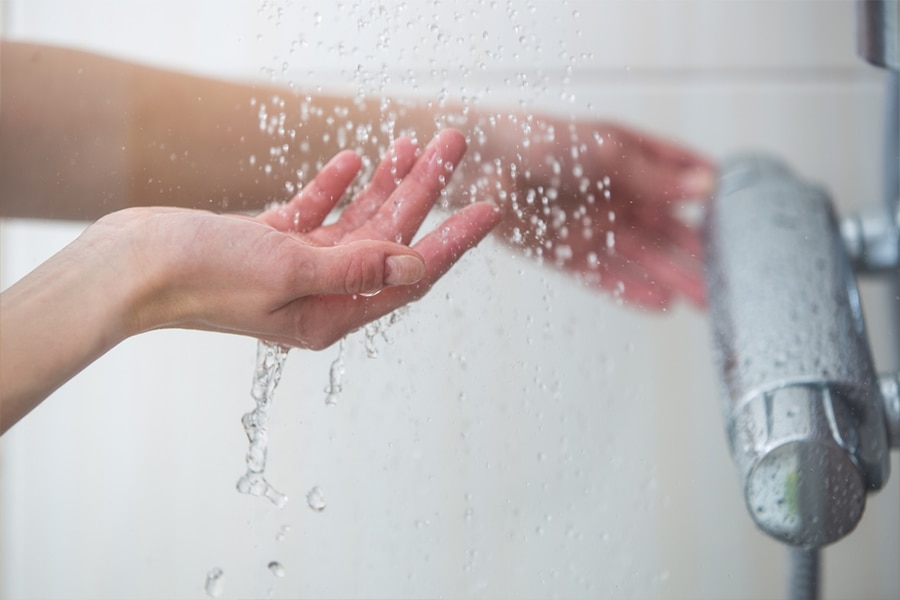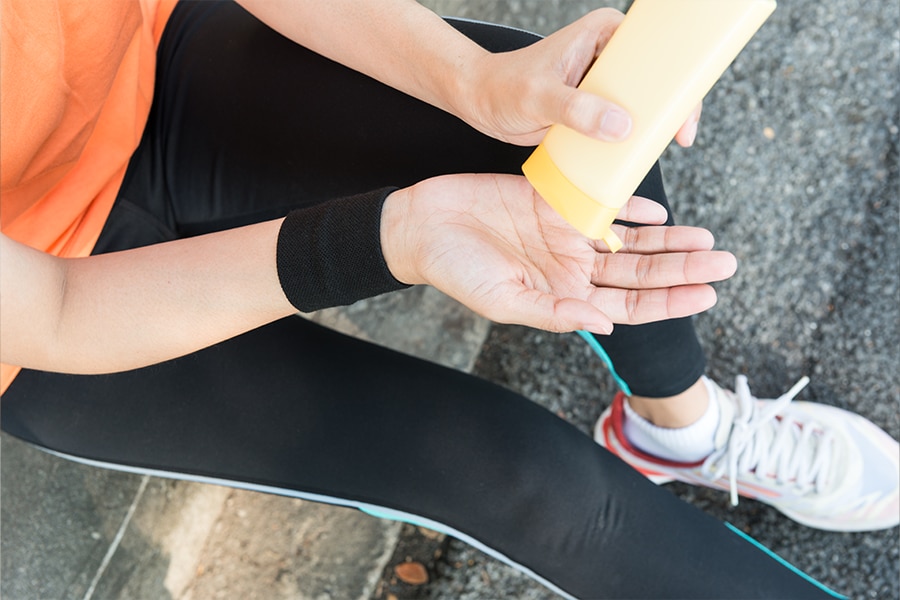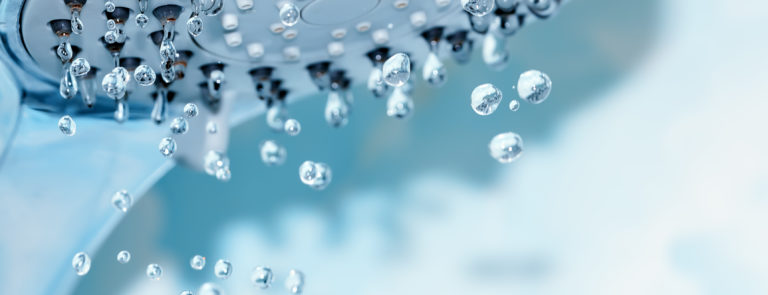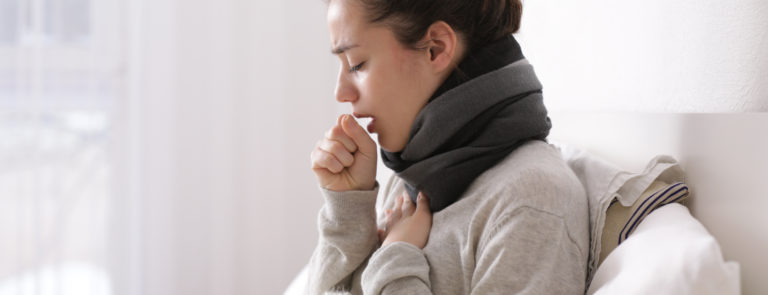15% off €35 OR 20% off €45
How to prevent chafing

Chafing can be an issue all year round, but for a lot of people it definitely seems to ramp up in the summer. So, if you’re fed up with dealing with chafing, we hear you! But remember, even though it’s not seen as ‘socially acceptable’ to talk about, chafing is completely normal and it’s not something to be ashamed of. But if you’re trying to understand what it is, what causes it and ways to prevent it – you’re in the right place.
What is chafing?
What is chafing?
Let’s strip it right back and check out the definition of chafing or as it’s known on the internet, ‘chub rub’. According to the Cambridge Dictionary, chafing is “to make or become damaged or sore by rubbing”.1
This repetitive rubbing on your skin can lead to a stinging or burning sensation and sometimes a rash. It’s most likely experienced on parts of the body that rub against each other, often on your thighs and buttocks. But chafing can also occur from rubbing against your clothes, which is why you might also get chafing on your feet, armpits, groin and nipples.


What causes chafing?
As we mentioned before, chafing happens when a part of your body becomes sore from rubbing, whether that’s rubbing against a piece of clothing or another body part. But in what instances does it happen? Here are a few examples:
- Wearing a skirt or a sleeveless top - as the temperature increases throughout the year, it makes sense to wear clothing that keeps you cool. But annoyingly this may lead to your thighs or arm and armpits rubbing together, causing chafing.
- Exercise – hiking, running and biking are all exercises that may cause chafing.
- Breastfeeding – those who breastfeed may experience chafed nipples.
- Tight clothes – specifically, clothes that are too tight and rub your skin.
How to prevent chafing
Now we know what causes chafing, is there anything you can do to try and stop it? Thankfully, there are a few tips and tricks to reduce the risk. These include:
- Wearing shorts underneath your clothes – if you’re planning on wearing a dress, skirt or even loose bottoms, one of the best ways to protect your thighs from chafing is to wear a pair of soft, comfortable shorts. Think cycling shorts or something similar!
- Avoid wearing clothes that don’t fit right – if you’ve got a bra, a pair of pants or a top that is digging into your skin, it’s best not to opt for those if possible and choose something that fits you properly instead.
- Bring backup – if you’re heading out for the day, let’s say you’ve got a party to attend, pack some loose, comfy clothes with you just in case.
- Trial using deodorant – since moisture can worsen chafing, some people find that applying deodorant to the places they usually chafe helps to keep them dry.
- Pick up some anti-chafing products – yep, they do exist! You’ll find powders, balms and gels designed to help.
- Use something for your chafed nipples – the NHS highlight that using your own breast milk, Vaseline or lanolin on your chafed nipples may help to provide some comfort.2
How to stop chafing when running
How to stop chafing when running
Whether you’re a marathon runner or a 5km superstar, chafing can be a real pain for runners. So, to stop it being an issue, make sure to:
- Wear long running shorts to protect your thighs
- Make sure to use a balm of some description for other areas (ahem, nipples…) Opt for clothing that has moisture-wicking qualities
- Keep any running accessories tight to your body so that they don’t bounce or move around too much


Tips for helping with chafing (if you’ve already got it!)
Okay... so you need help with chafing right now? Got it. To try and reduce your discomfort, you could try some of the following tips and tricks:
Check the temperature of your shower
If you’re feeling hot and sticky from the warm weather or a run, make sure that your shower isn’t too hot – try to keep it lukewarm to reduce the risk of the burning sensation feeling worse. Plus, it may be a lot more refreshing on a hot day!
Use an antibacterial wash
Since chafing can break the skin (depending on how severe it is), you may want to use an antibacterial wash in the shower to help ward off bacteria.


Be gentle
Don’t be too rough when it comes to drying or adding ointment to the area, instead try to gently pat it rather than rub it.
Use an antibacterial cream
Ointments or creams with antibacterial properties are a good idea when you have chafing, like Sudocrem for example.


What to do if chafing causes a rash?
It’s common for chafing to cause a mild, red rash. However, if the skin gets broken, extra caution needs to be taken. And if it gets worse over time or gets infected, contact your GP and they should be able to provide you with the right treatment.
The final say
It's super important that we normalise chafing, so why not share your reality with the people you trust? And make sure to read and share articles (like this one!) to help break the stigma of chafing and support body positivity. Either way, we hope you’re feeling a little more educated on how to help yourself and others with chafing.





